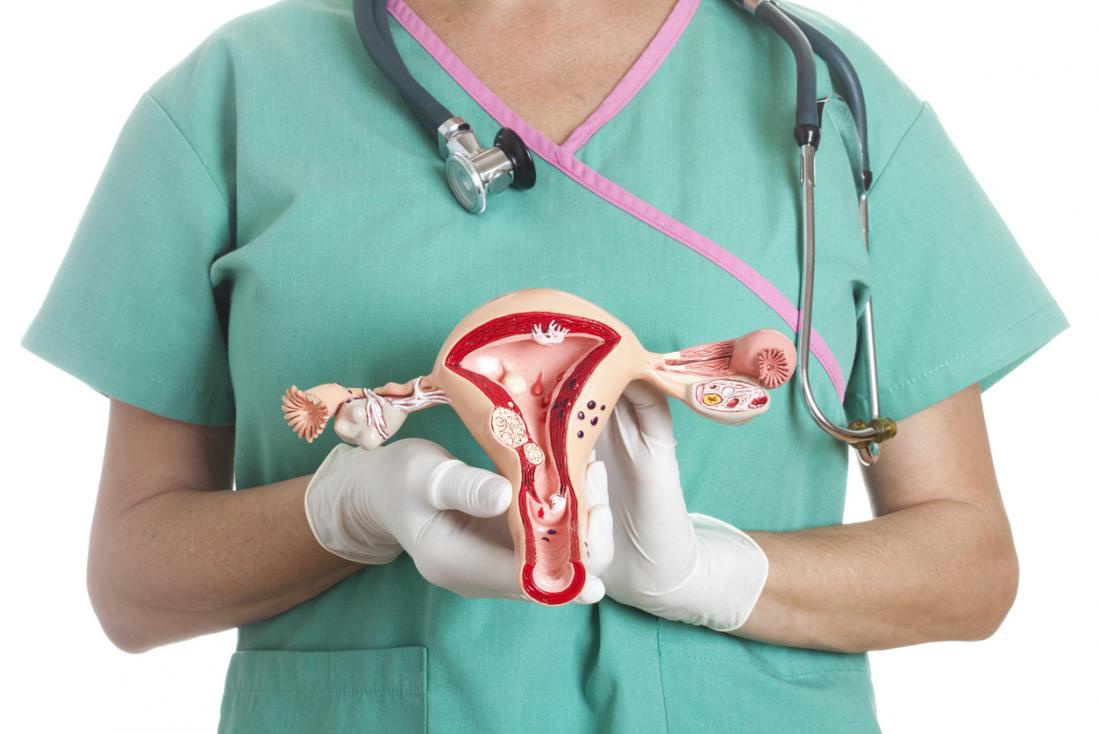A hysterectomy is a major surgery in which the woman’s entire womb—her uterus and, most likely, her cervix—where the fetus grows and develops during pregnancy—is removed. Depending on the patient’s medical history, present state of health, and the doctor’s recommendations, the removal of the patient’s ovaries and fallopian tubes may even be required during the procedure.
This blog will explore the different types and methods of performing hysterectomy surgery. We have gained this insightful knowledge from Dr. Chaitali Mahajan Trivedi, a well-known gynecologist, for offering the best hysterectomy treatment in Mumbai. Continue reading to learn more.
Different Types Of Hysterectomy Surgeries
- Total Hysterectomy
- Supracervical/ Subtotal/ Partial Hysterectomy
- Radical Hysterectomy
- Total Hysterectomy with Bilateral Salpingo-oophorectomy
Different Methods Used To Perform A Hysterectomy
1. Abdominal Hysterectomy
Using this technique, the uterus is removed by making a large, 6–8 inch vertical or horizontal incision in the abdomen. The incision is made from the navel to the pubic bone, or it can be made across the top of the pubic hairline. Following womb removal, surgical staples or detachable stitches are used to close the incision. This method is typically chosen for cancer patients, i.e., when the disease spreads to other pelvic regions or when the uterus enlarges. This procedure typically necessitates a longer recovery period and a two to three-day hospital stay.
2. Laparoscopic Hysterectomy Or Keyhole Surgery
With this surgical method, the uterus is removed by making three to four tiny abdominal incisions, through which a laparoscope is inserted. A laparoscope is a long, thin device used for diagnostic or therapeutic purposes. It has a high-intensity light and a high-resolution video camera on the front.
Once the uterus is accessible, the surgeon will use surgical instruments placed through the incisions to cut it into small pieces, which they can then remove one at a time through the incisions or the vagina. Compared to an abdominal hysterectomy, this procedure is less painful and requires a shorter recovery period. Following surgery, the patient may be released from the hospital within a few hours or need to stay overnight.
3. Vaginal Hysterectomy
In order to remove the uterus, a tiny incision is made inside the vagina. The incision is then closed with dissolvable sutures. There is less chance of visible scar formation because no external cuts are made. It is recommended due to its low risk of complications and short recovery period (up to four weeks). The patient can go back home the same day.
4. Robot-Assisted Laparoscopic Hysterectomy
This method involves the surgeon making small incisions (3–5) similar to those made for a hysterectomy or laparoscopy in the lower abdomen (i.e., around the belly button). The surgeon controls and guides the robotic arms and surgical instruments inserted into the incisions to view the pelvic region and complete the procedure. It recovers similarly to that of a laparoscopic hysterectomy.
Conclusion
A hysterectomy is the surgical removal of the uterus. This surgery is necessary for several reasons, including cancer, fibroids, uterine prolapse, and abnormal bleeding.
Are you seeking treatment for a hysterectomy? You can consult with Dr. Chaitali Mahajan Trivedi at Nanavati Super Speciality Hospital. She is renowned as the top gynaceologist and cosmetic gynaecologist in Mumbai. She ensures that each patient receives expert care with a holistic approach to their health and well-being.


No comments yet